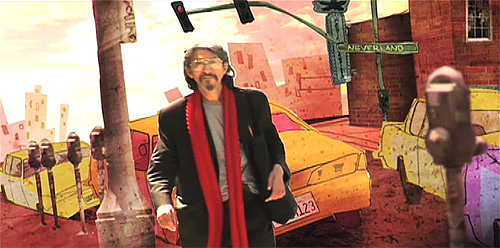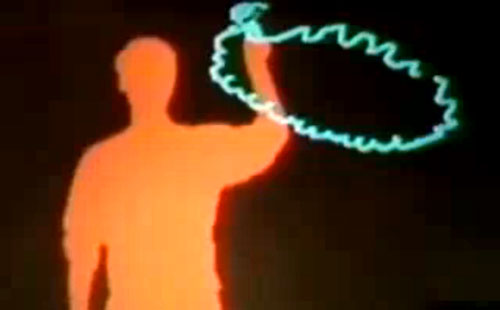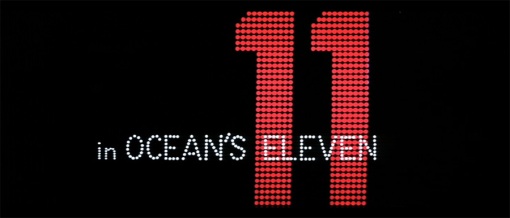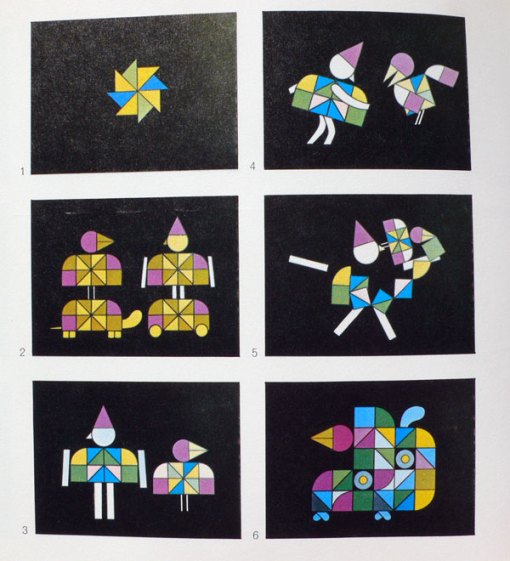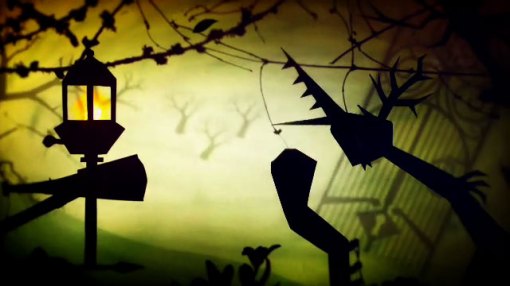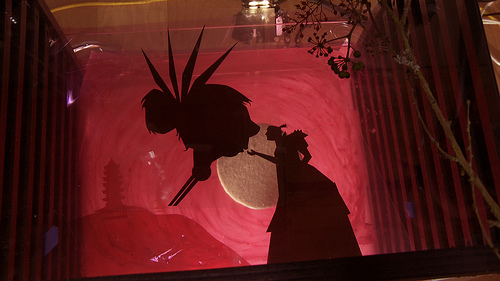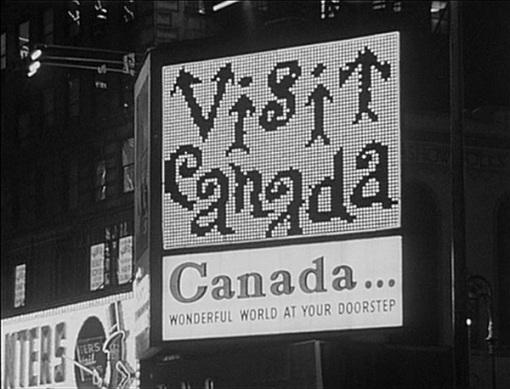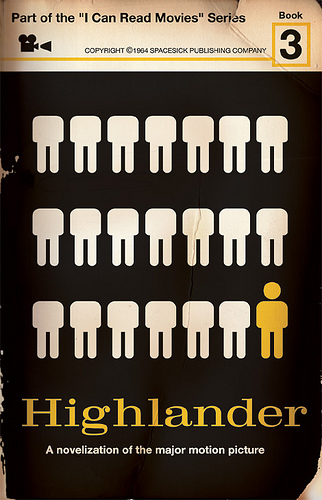In Response to Reading David O’Reilly’s ‘So What Do You Do?’
There are obvious advantages to being the director; instant recognition, that ‘ooh’ factor at cocktail party presentations, credentials that evoke glamor and prestige, hovering in the realms of the halls of fame. The director is historically linked with the epic, the cinematic, it is a title that beholds a certain grandeur, one of the major 20th century artists. The reality however for many so called ‘directors’ today reveals a rather more sober perspective. Convention amongst many of the motion design studios and freelancers to mushroom point towards a completely different and perhaps milder more diluted role and indeed to the extent that the term director has become a title for the one man show.
Anyone can ‘take on the role’ of a whole production company these days – we all have the possibility to change our professional caps every 30 minutes of the day. There are considerable examples of quality work that rises from out of the blue screen bedroom studios where a single talent can write, design, film, animate, composite, mix and broadcast their work. Wearing these multiple caps however does not necessarily qualify oneself within the field. The term director, as O’Reilly points out ‘is such an umbrella term, it ceases to describe anything meaningful’. Walk through the corridors of a number of ’boutique’ studio set ups these days and practically everyone you meet is a director. Doesn’t the fact that many commercial projects today find their direction through a sole creative force and approach make us question the use of the title director? It may be a customary convention but isn’t it misleading?
So what do you do? There certainly is a need to think carefully about one’s professional title and have the sincerity to attribute the correct one. Which one? In the domain of motion design where motion (graphic) designer seems to have been dropped for the more esteemed director, I’d like to see a rectification. Your job title is perhaps but a general term but it can only have the weight of meaning via collective understanding of what that title entails. When I have back ache, I may go to see the osteopath but not the dentist or hematologist. If I’m not aware of that information, I can’t respond correctly. If we take on professional titles in a lax manner, we dilute and ultimately denigrate professions. It is not a simple choice of giving oneself a name, it is a conscious and sincere effort of working within a line of work and ultimately respecting your position and experience, whether you be artist, designer, editor, props man, BG layout man, animator, foley artist, in-betweener, chief animator, first assistant director, 3D modeler, ……
>>> Read David O’Reilly’s ‘What Do You Do?’
